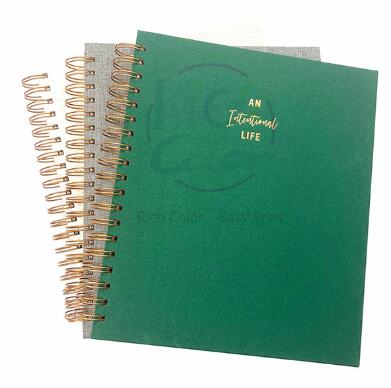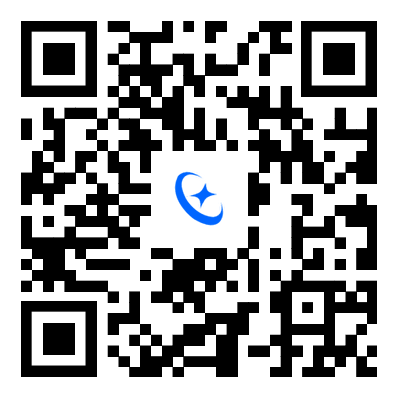What Are the Common Binding Options Available for Cloth-Covered Planners?
2025-02-05
Cloth-covered planners offer a stylish and durable way to organize daily tasks, but choosing the right binding option is essential for functionality and aesthetics. The binding method determines how well the planner lays flat, how durable it is, and how easy it is to use. Here are some of the most common binding options for cloth-covered planners.
1. Case Binding (Hardcover)
Case binding is a premium option that involves securing pages within a sturdy, cloth-covered hardcover. This method is highly durable and gives the planner a book-like appearance, making it ideal for professional or long-term use.
Pros:
- Elegant and professional look
- Extremely durable
- Protects pages from damage
Cons:
- Less flexibility when opening
- Heavier than other binding types
2. Spiral Binding (Wire-O or Plastic Coil)
Spiral binding uses metal or plastic coils to hold pages together, allowing for 360-degree rotation. This is one of the most flexible binding methods, making it easy to flip pages and lay the planner completely flat.
Pros:
- Easy to use and flip through pages
- Can lay flat or fold back completely
- Lightweight and portable
Cons:
- Coils can bend or break over time
- Less formal appearance
3. Smyth Sewn Binding
Smyth sewn binding is a high-quality method where pages are sewn together in sections before being attached to the cover. This technique ensures durability while allowing the planner to open flat for easy writing.
Pros:
- Extremely durable
- Lays flat when open
- Ideal for long-term use
Cons:
- More expensive than other options
- Slightly bulkier due to sewing method
4. Perfect Binding
Perfect binding involves gluing the planner’s pages together at the spine, creating a clean and professional look. This method is commonly used in softcover books and planners.
Pros:
- Sleek and modern appearance
- Lightweight and portable
- Cost-effective
Cons:
- Doesn’t lay flat easily
- Glue can weaken over time
5. Disc Binding
Disc binding uses small, removable discs to hold pages together, allowing users to easily add, remove, or rearrange pages. This is a flexible option that combines aspects of both spiral and ring binding.
Pros:
- Customizable and reusable
- Allows pages to be added or removed easily
- Can lay flat depending on the disc design
Cons:
- Discs may take up extra space
- Less durable compared to sewn or case binding
Choosing the Right Binding for Your Needs
When selecting a binding option for a cloth-covered planner, consider factors like durability, flexibility, appearance, and usability. If you prefer a classic, professional look, case binding or Smyth sewn binding may be best. If flexibility is a priority, spiral or disc binding could be a great choice. Each binding type offers unique advantages, so understanding your specific needs will help you choose the perfect planner for daily use.



